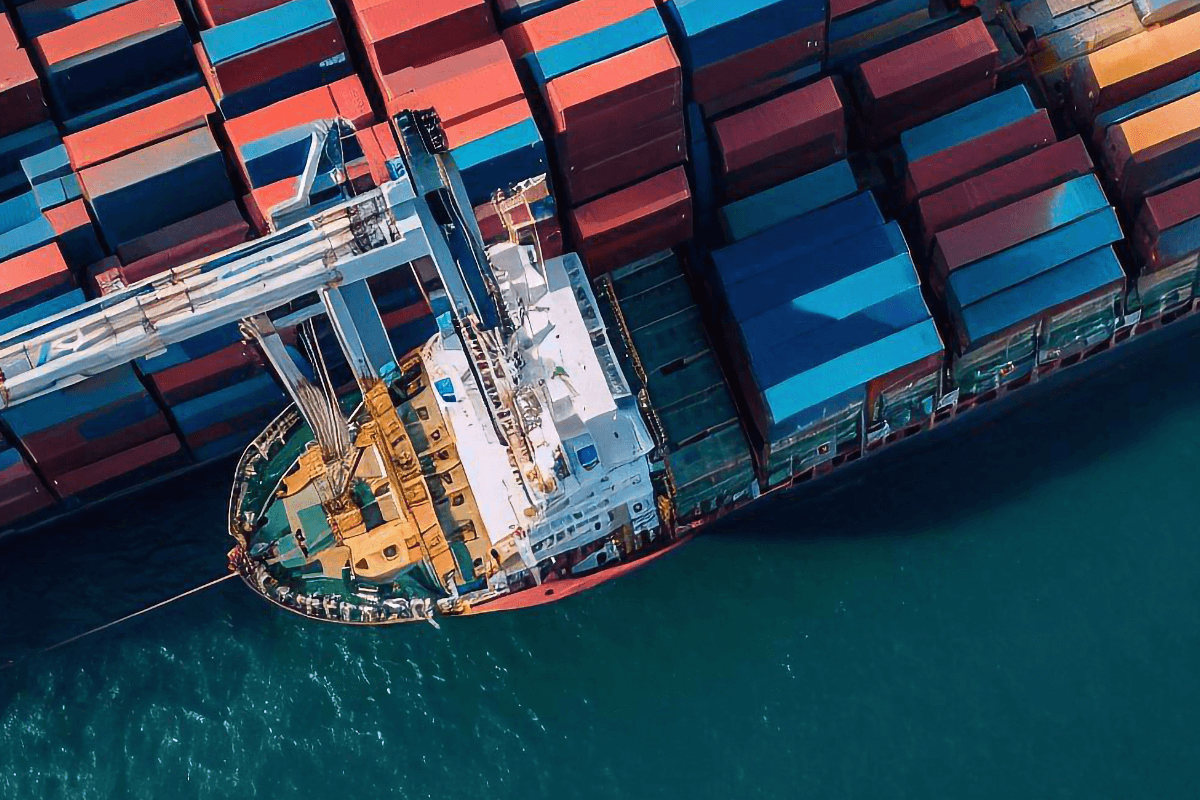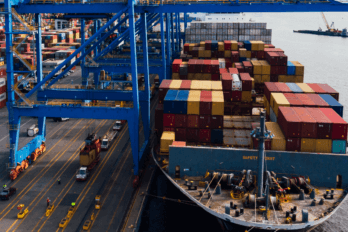
Maritime law is intended to provide appropriate protections for the uncertain legal situations that arise in an ever-changing industry. Although some customs date back to the days of sailing wooden ships, it’s important that seamen and sailors have established legislation they can rely on when they are injured on the job. The doctrine of unseaworthiness is one of the most crucial when trying to hold an employer accountable.
Attorney Dax F. Garza explains how this doctrine arose and how it can be used in a maritime injury case under the Jones Act to seek compensation when a vessel is not seaworthy.
What is the Doctrine of Unseaworthiness?

- Vessel owners have a duty to provide and maintain their vessels as seaworthy. They cannot assign this responsibility to anyone else.
- Vessels are considered seaworthy if they, their parts, and their equipment are reasonably fit for their intended purposes.
- Vessels must also be operated by a reasonably adequate crew who displays competence for the work they are assigned.
- Vessel owners must provide the right kind and amount of safety gear for their vessels.
An unseaworthy vessel is one that does not have the appropriate safety equipment, parts, or crew to meet these qualifications. Ultimately, seaworthiness is the responsibility of the owner, and the crew must be competent enough to bring any risks to the owner’s attention for remediation.
The doctrine of unseaworthiness in a personal injury claim relies on the concept of the absolute duty a vessel owner owes sailors on their ships. While the equipment does not have to be the highest quality or brand new, it must be in good repair and appropriate for its intended use. The crew must also be trained, capable, and of sufficient numbers to address any issues. Without these requirements, the vessel owner could be held liable for any harm that results.
How Does a Sailor Recover Compensation After an Injury?
Filing a personal injury claim after being hurt on board a ship or other vessel is not the same as pursuing a claim on land. It’s critical that you work with a lawyer who has a strong background in all aspects of personal injury law but is especially skilled in maritime law. They should understand that sailors can rely on three main actions:
- Maintenance and cure: The right to receive a daily allowance for living expenses while recovering from harm.
- The Jones Act: Titled the Merchant Marine Act of 1920, this law provides mariners the right to seek compensation for an employer’s negligence, which can include operating an unseaworthy vessel.
- The Doctrine of Unseaworthiness: Often used as part of a maritime injury claim, demonstrating unseaworthiness in court supports a victim’s request for damages on the grounds of the owner’s negligence in maintaining a seaworthy vessel.
Maritime law covers all those working on vessels that operate on navigable waters. This includes any body of water used for interstate or foreign commerce, such as coastal areas and rivers that flow to the ocean or cross state lines. The law has specialized language and guidance to address the unique situations that arise on the water.
It must be interpreted correctly to create a robust case against the negligent party to maximize the chance of securing a satisfactory outcome. When managed skillfully, your attorney can seek payment for your lost income, medical expenses, and other losses you experienced after an injury.
Who Can Be Held Liable Under the Doctrine of Unseaworthiness?

For example, the vessel owner has a duty to ensure the ship is repaired and sound for travel, yet suppose they employed a shop with a history of substandard work. It may be possible to file a claim against both the vessel owner under the doctrine of unseaworthiness and also against the shop owner for their negligence. Again, the details can be complicated depending on your specific circumstances, but your maritime lawyer can work to uncover the full scope of liability.
Bringing an Injury Claim Using the Doctrine of Unseaworthiness
The first concern when pursuing a work injury claim under the Doctrine of Unseaworthiness is whether you qualify as a sailor (or “seaman”) according to the Jones Act. Under maritime law, a seaman is defined as someone who:
- Is employed on a vessel in navigation
- Contributes to the ship’s mission
- Spends at least 30% of their work hours aboard the vessel
It’s important to note that anyone who works near the water but not on a vessel may not be considered a seaman. This includes harbor workers, dockworkers, and longshoremen.
For their work injury claims, they would rely on the Longshore and Harbor Workers’ Compensation Act (LHWCA), which provides protections similar to the Jones Act.
The second concern is to demonstrate the unseaworthiness of the vessel and that this condition contributed to your harm. Injury claims are based on the plaintiff showing a preponderance of the evidence to demonstrate negligence and secure damages. For example, your attorney may have proof of situations such as:
- A crewmember was inexperienced or untrained for the duties they were performing, leading to your injury.
- Crewmembers failed to contain, use, or secure dangerous substances properly, leading to exposure that left you injured or sick.
- Improperly secured cargo broke free in bad weather, hitting you and causing injury.
- Poor equipment maintenance caused a dangerous situation in which you were hurt or became ill.
- The deck of your ship was not maintained, and you slipped and fell.
- There were too few crewmembers on board to handle the required work, and you suffered harm.
- The ship’s deck was not kept free of hazards, leading to a slip-and-fall accident.
Damages You Could Claim Under the Doctrine of Unseaworthiness
In addition to the daily living allowance available to you under the Maintenance and Cure provisions of the Jones Act, you can seek additional damages. There may be important losses you overlook if you are unfamiliar with offshore injury law. Your maritime lawyer can assess your case and suggest damages such as:
- Medical bills
- Lost wages
- Lost benefits and retirement savings
- Rehabilitation and therapy costs
- Pain and suffering
- Emotional distress
- Permanent disability
- Loss of enjoyment of life
- Loss of professional reputation
- Loss of future earning capacity
Some of these are economic damages (with a fixed price), and others are non-economic (pain and suffering). Both your tangible and intangible losses must be financially acknowledged, whether the ship owner or another person is responsible for your injuries.
Maritime Injury Lawyers
To learn more about how to file a work injury claim under the Jones Act against a negligent shipowner using the Doctrine of Unseaworthiness, contact the maritime accident attorneys at Dax F. Garza, P.C. using our online form today. We are ready to listen to your story during a free consultation and get to work securing justice on your behalf.

